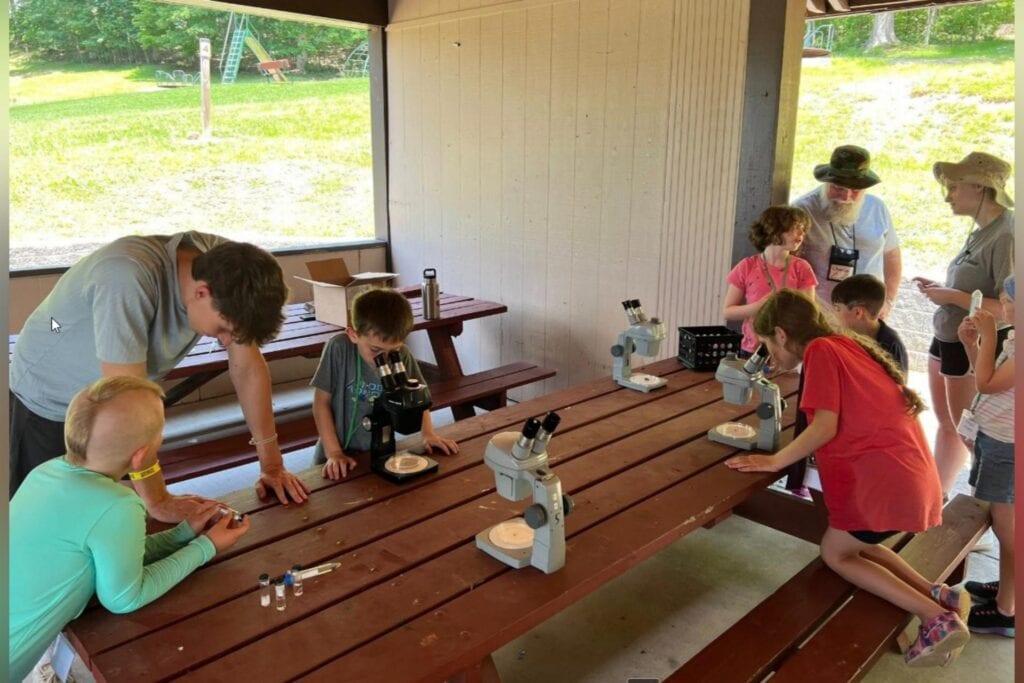CHARLESTON, WV – Gov. Jim Justice announced today that he has signed an executive order, establishing a new task force – called the Governor’s Downstream Jobs Task Force – which will work to bring downstream manufacturing opportunities to West Virginia ahead of an anticipated expansion of the petrochemical industry in Appalachia that would bring billions of dollars in investments and more than 100,000 new jobs to the region.
The Governor announced the task force during his yearly address to hundreds of the state’s top business, industry, financial, and political leaders at the annual West Virginia Chamber of Commerce Business Summit.
“The petrochemical industry is right on the verge of coming and landing in West Virginia,” Gov. Justice said. “When this wave hits, absolutely, West Virginia will really go. We’re on the launching pad to take off.
“From there, downstream manufacturing could absolutely come along with it, and we need a task force that is ready for that.”
Videos and photos of the event will be posted here for media download as they become available
Through his friendship with President Donald J. Trump, Gov. Justice has encouraged top-ranking officials with the United States Department of Energy to visit West Virginia several times in recent months.
Over the course of repeated visits, these DOE leaders and President Trump have identified West Virginia, with its abundant natural resources, as a prime location to host a major expansion of the petrochemical industry – with President Trump issuing his own executive order, instructing the DOE to formally look at the Appalachian region for potential locations to build petrochemical plants or other infrastructure.
According to the DOE, this so-called Appalachian Petrochemical Renaissance could lead to significant growth in the region; including $36 billion in capital investment, more than 100,000 steady jobs, $28 billion in economic expansion, and $2.9 billion in annual tax revenues.
“The potential is endless. This is one of the most important moments of our time,” Gov. Justice said. “In order to reach all that potential, we need to have downstream manufacturing operations already in place. And that’s where this new task force comes in.”
The task force, which is made up of a combination of officials from several executive branch agencies – along with other business and energy leaders from across the state – will encourage other energy operations to locate at various points throughout West Virginia to support the construction of additional petrochemical facilities.
Members of Gov. Justice’s Administration on the task force include Department of Environmental Protection Secretary Austin Caperton, Department of Revenue Secretary Dave Hardy, Department of Commerce Secretary Ed Gaunch, and Tourism Commissioner Chelsea Ruby.
Other members include Javier A. Reyes, Dean of the West Virginia University John Chambers College of Business and Economics as well as James F. Wood, Interim Director of the Energy Institute at West Virginia University.
Secretary Caperton has been appointed by Gov. Justice to run the task force and will serve as its chairperson.
“I am honored that the Governor has chosen me to lead this most important effort,” Secretary Caperton said. “As a state, we cannot afford to miss the opportunity presented to us by our natural gas resources. That opportunity is to create billions of dollars of investment, billions of dollars of additional revenue to the state, and a projected 100,000 new, high-paying jobs for our region. The Governor understands this and recognizes that we must put every resource of the state to work to capture this opportunity.”
Secretary Hardy has been brought on board to study the economic opportunity provided by the petrochemical and associated industries.
“I am very pleased that that the Governor has asked me to serve on this important task force and I think it has the potential to have a generational impact on West Virginia,” Secretary Hardy said. “This is, quite frankly, the best economic opportunity we’ve had in this state in a very long time and it is important that we take every step possible to maximize the opportunity.”
Secretary Gaunch has been appointed to the task force to investigate the impact petrochemical and downstream industries will have on commerce in West Virginia.
“This is an exciting chance for West Virginia to continue to build on the rapid, unprecedented growth that we’ve seen under Governor Justice’s leadership,” Secretary Gaunch said. “I am glad to be a part of this group and will do everything I possibly can to let businesses know that – from here on out – West Virginia is the place to be, especially for those businesses that work in tandem with the petrochemical industry.”
Commissioner Ruby has also joined the team. She previously served as the Marketing and Communications Director for the state Department of Commerce, a role in which she helped showcase the state to prospective investors. In that role and her current position, she has acquired deep expertise in promoting the state both as a business destination and a world-class location to work, live, and visit.
“This task force is vitally important to our state’s future, and I’m honored that Governor Justice has asked me to help seize the opportunity at our fingertips,” Commissioner Ruby said. “Under Governor Justice’s leadership, we’ve been able to help grow and attract tourism businesses in West Virginia, and we’ll work to extend that success in petrochemicals.”
Across the nation, American manufacturing relies on a steady source of petrochemicals to produce products such as plastics, paints, solvents, automotive parts, and more. The United States’ chemical industry is a $528 billion enterprise, which supports 25 percent of the national GDP, provides 12 percent of the entire world’s chemicals, and supports 529,000 American jobs.
The early stages of this Appalachian Petrochemical Renaissance are already underway. Thanks to the ever-expanding use of Marcellus and Utica shale, Appalachia now produces more than 32 percent of all natural gas in the country and 600,000 barrels per day of natural gas liquids; numbers that are on the rise.
From 1967 to 2010, West Virginia produced a steady rate of about 150 and 250 billion cubic feet of natural gas per year. But things changed at the beginning of this decade, when production began to skyrocket.
This past year alone, West Virginia produced 1.8 trillion cubic feet of natural gas. Over the past eight years, productivity has increased by 600 percent.
“This is becoming a reality,” Gov. Justice said. “It’s still going to take a little time, but this is exactly what I do, I think big.
“I want West Virginia to win. And this is just another win coming.”













